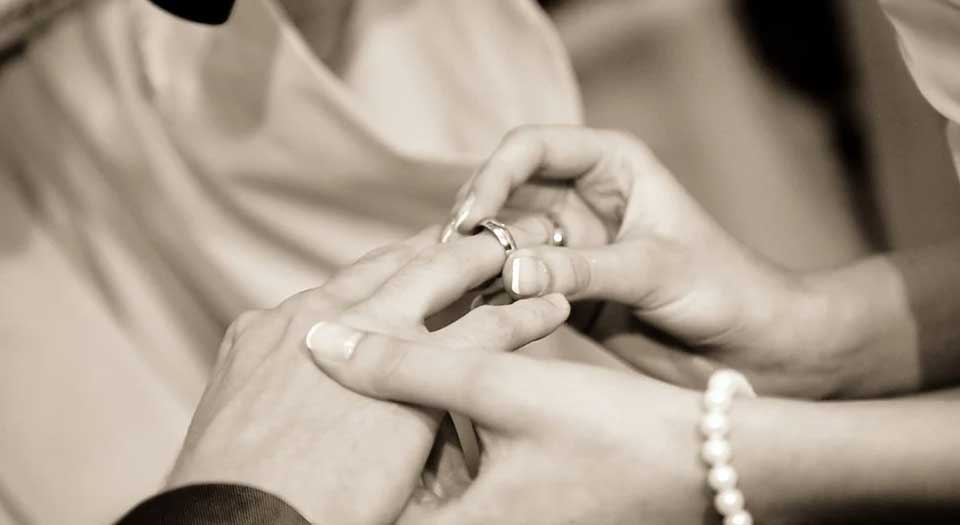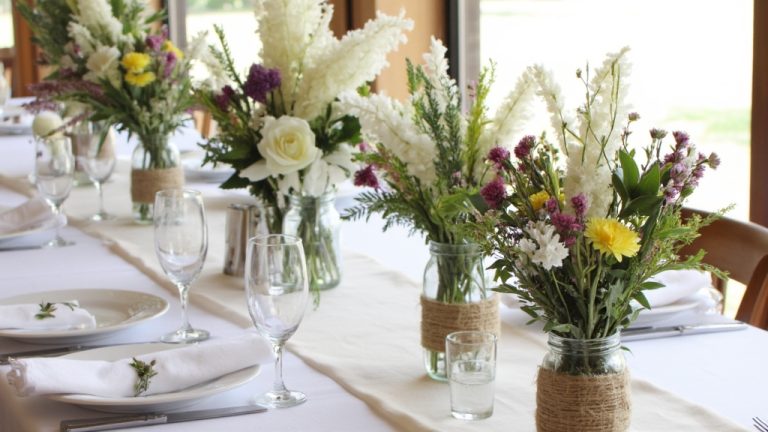Getting engaged is a whirlwind of excitement, but once the initial thrill settles, you’re faced with a daunting question: who’s going to pay for all of this?
Whether you’re planning to follow tradition or create a financial blueprint of your own, understanding the conventional breakdown of wedding expenses can help frame those sometimes awkward conversations with family members.
Traditional Wedding Expense Breakdown
The Bride’s Family Traditionally Covers:
- Invitations and Announcements: The formal communication of your big day
- Ceremony Location: The venue where you’ll say “I do”
- Ceremony Flowers and Décor: Setting the scene for your vows
- Reception: Often the largest expense, including venue, food, and drink
- Bride’s Ring: The symbol of commitment from the bride to the groom
The Groom’s Family Traditionally Covers:
- Marriage License: The legal document that makes it official
- Officiant Fee: Payment for the person performing your ceremony
- Honeymoon: The post-wedding getaway
- Rehearsal Dinner: The celebration before the celebration
- Boutonnieres and Corsages: Floral accessories for the wedding party
- Entertainment (DJ/Band): Keeping the party going at the reception
Why This Matters Today
While these traditions date back to the day when marriages were more economic arrangements than love matches, they provide a helpful starting point for modern couples.
The video acknowledges that today’s weddings rarely follow this strict division of expenses. Most couples now:
- Share costs between themselves
- Accept contributions from both families, regardless of traditional assignments
- Create hybrid approaches based on what works for their unique situation
Practical Next Steps for Newly Engaged Couples
- Have the money talk early: Sit down as a couple and discuss your budget before approaching family
- Create your priority list: Decide what elements matter most to you both
- Approach family conversations with flexibility: Use the traditional breakdown as a conversation starter, not a mandate
- Consider your families’ financial situations: Be sensitive to what each side can realistically contribute
- Be prepared to compromise: Remember that accepting financial help often means accepting some input
- Keep detailed records: Track who’s paying for what to avoid confusion
- Express gratitude: Regardless of who contributes what, appreciation goes a long way
Remember, your wedding is about celebrating your relationship, not adhering to outdated financial traditions.
Use this knowledge as a tool to facilitate productive conversations, not as a rulebook that must be followed.
The most successful wedding budgets reflect the values, priorities, and financial realities of the couple and their loved ones.
Want More Wedding Planning Tips?
Subscribe below to get notified whenever I post new content here.
Lastly, I’d love to hear from you on this subject. Feel free to share your thoughts or experiences on our social media pages.
Til next time,





